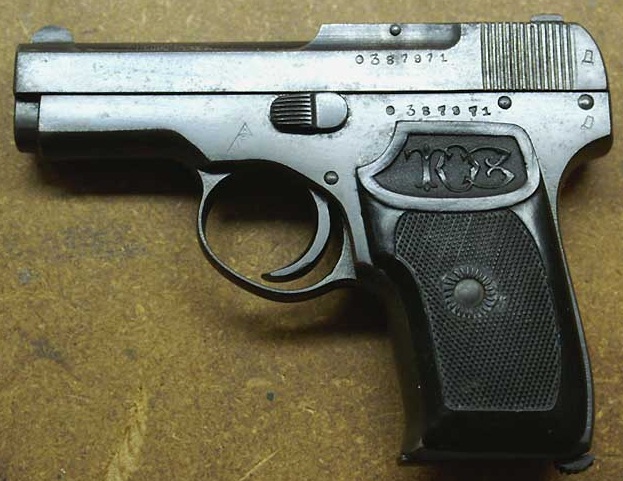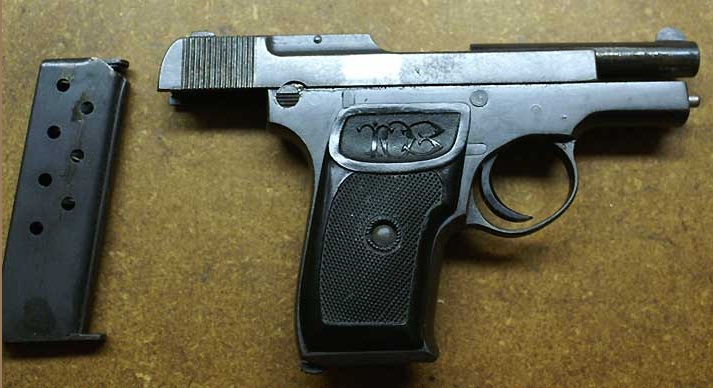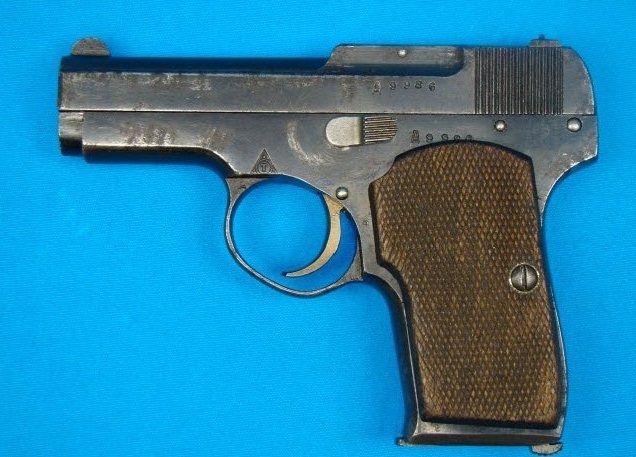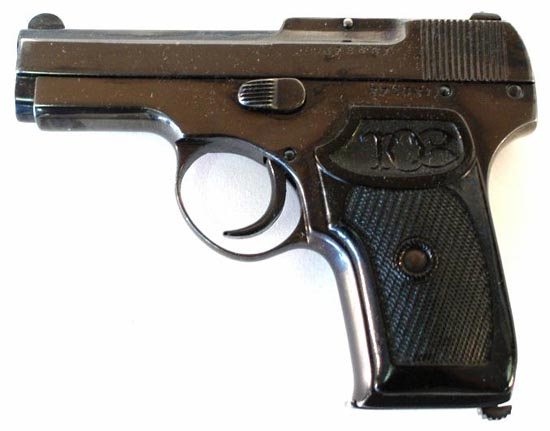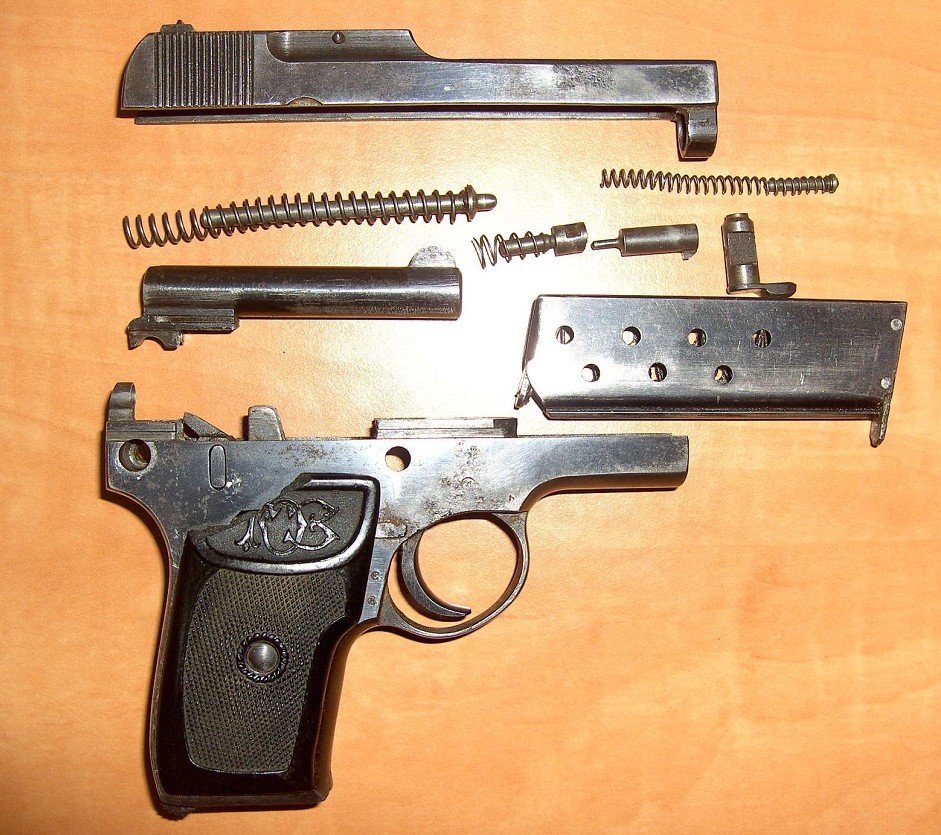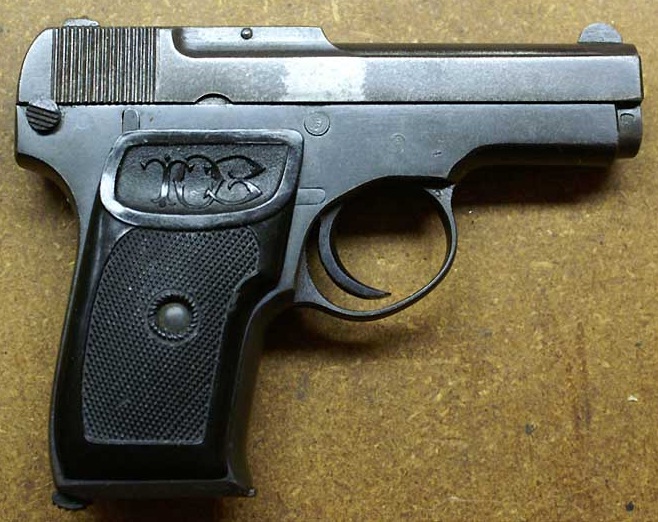
Sergue´ Alexandrovitch Korovin
In the mid-1920s, the Tula Arms Factory received an order from the Dynamo Sports Society to develop a compact pistol chambered for the 6.35 mm Browning cartridge.
The pistol was designed by Sergei Alexandrovich Korovin in the same way as the popular 1906 Browning pistol at the time, but the weapon's design contained several original solutions.
Applying the principle of multifunctionality of parts, the designer tried to simplify the weapon as much as possible. The protrusion of the trigger rod served as a deflector for the spent cartridge case, the fuse served as the pin that held the barrel in the pistol frame, the leaf spring of the trigger rod was also the magazine catch spring, and the rear end of the recoil spring rod served as the safety catch. At the end of 1926, TOZ began production of a pistol, which received the official name "Tula Pistol, Korovin, Model 1926," abbreviated as TK.
The Korovin pistol (Korovin pistol or TK) had overall dimensions of 127x98x24 mm, a barrel length of 67.5 mm, a weight of 423/485 grams (with an empty and loaded magazine, respectively), and a magazine capacity of 8 rounds. Using the 6.35 mm Browning cartridge, the bullet could reach a speed of 228 m/s, with a muzzle energy of no more than 83 J. To improve the ballistic characteristics of the TK, the USSR produced 6.35 mm Browning cartridges with a higher powder charge, which slightly increased the bullet's muzzle velocity and penetrating effect. From a historical perspective, in my opinion, the production of the Korovin pistol was the first and only step in an attempt to develop short-barreled civilian weapons in the USSR. The ammunition used and the pistol's design features allow us to classify it as a "civilian" pistol, but at the same time, an ordinary Soviet citizen, for obvious reasons, would not have been able to purchase it. The pistols became personal or prize weapons for the highest command staff of the Red Army and the NKVD, as well as high-ranking party officials.
The 6.35 mm Korovin TK pistol had several drawbacks. First, there was the risk of accidental firing and the impossibility of carrying the pistol ready to fire immediately with a cartridge in the chamber, the firing pin cocked, and the safety off. Second, there were misfires that occurred due to the gradual weakening of the firing pin spring. Third, there was very poor ergonomics. The poor build quality also did not contribute to the weapon's reliability.
Courtesy of "Pasiuta Andrei from HistoryPistols.ru" with my grateful thanks

